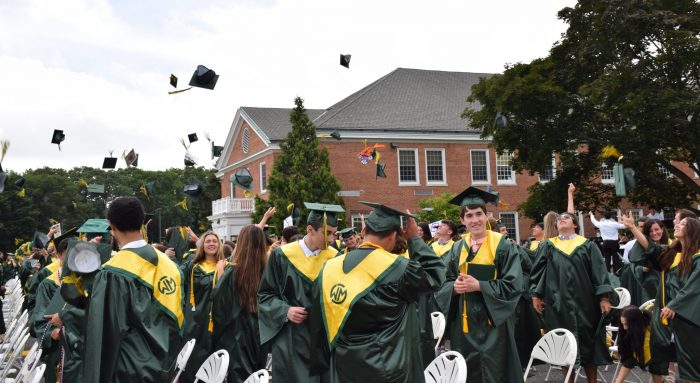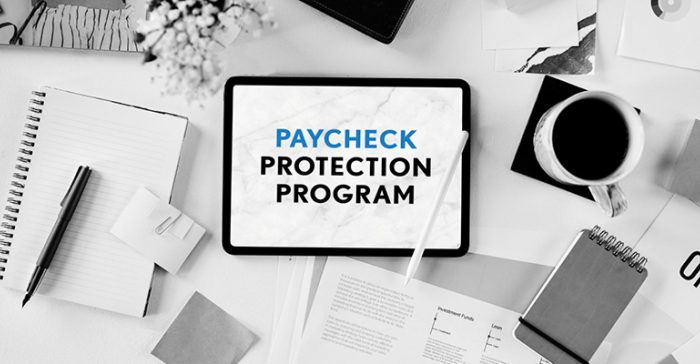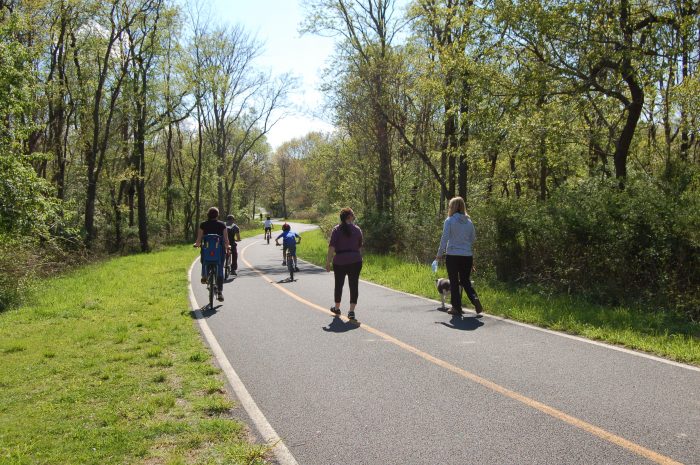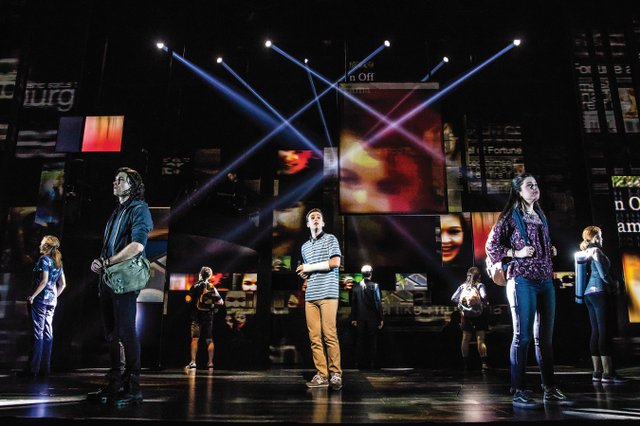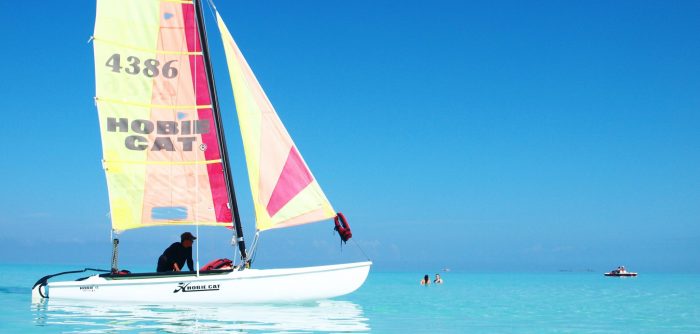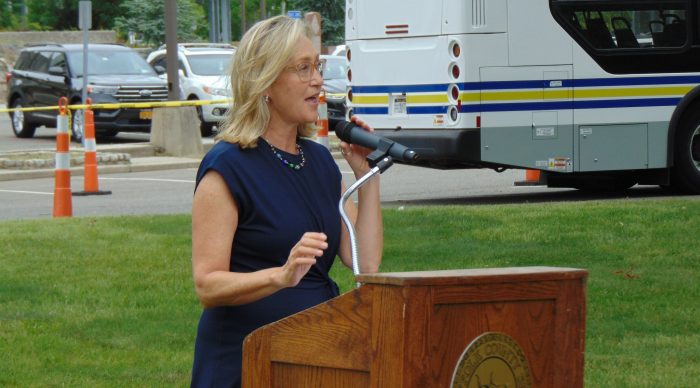By Leah S. Dunaief

Vacations are wonderful. That’s stating the obvious. But vacationing now, in largely post-pandemic times, brings a special kind of joy. I felt it because I have just come back from vacation with a sense of happiness and peace that I wish I could bottle. And I just happened to read an article that speaks to this very subject, the “rush of a real vacation.”
Now you might think it’s the result of breaking out after almost a year and a half of pandemic distancing, of masking and zooming and otherwise limiting and isolating ourselves. We did that, these last 10 days, driving up the New England coast slowly and spending quality time in Maine. We certainly enjoyed the freedom of the open road, stopping where we had a notion, taking back country routes on impulse, drinking in those picturesque harbor towns, eating lobster rolls, taking pictures of lighthouses. After relative confinement, that was exhilarating.
But there was more to the experience than that. The article I read, “There’s a Specific Kind of Joy We’ve Been Missing,” by organizational psychologist Adam Grant in the July 10 issue of The New York Times, talks of collective effervescence. This is a concept introduced in the early 20th century by the sociologist Emile Durkheim describing “the sense of energy and harmony people feel when they come together in a group around a shared purpose.”
So if you are participating in a brainstorming session with colleagues, enjoying a baseball game or a movie with new seatmates or even chatting with a stranger on a train, there is the joy of connection. That didn’t happen during the dark days of COVID-19, although there was some of that early in NYC when people were clapping and banging pots and pans with spoons at 7 p.m. every night to honor hospital workers. And it didn’t happen on Zoom, where the common response after several meetings was fatigue.
We stopped for dinner one night on the way up the seashore in Portland, where we met with an editor who had worked at The Village Times 30 years ago. She took the ferry over from one of the offshore islands and had a lobster roll with us in DiMillo’s restaurant. That eatery used to be the Martha Jefferson, a Mississippi River paddle cruiser for sightseeing and parties on Port Jefferson harbor more than 50 years ago. The present owners bought the old boat, tidied it up, anchored it permanently at the Portland docks and have over the years turned it into a seafood palace.
We spent three days in Camden, a charming fishing village with loads of tourist stores to wander in and out of, which we didn’t do but did enjoy a sailboat ride in a 36-foot schooner that we shared with a family from Alabama. There were a number of people visiting from the Deep South whom we met and chatted with, several owning summer homes in Maine. They drove the considerable distance, like us, enjoying the liberating journey. I want to salute an especially fine restaurant there, in Rockland, called Primo, started by a woman originally from Long Island, that serves farm-to-table food in delicious fashion. Diners can also tour her lush gardens in the rear. Ask for the Russian kale salad for an unusual treat. And if it’s your thing, enjoy the Farnsworth Art Museum, with its impressive collection of three generations of Wyeths.
We loved our time in Bar Harbor (or as they say, Bah Hahbba), and especially Acadia National Park on Mount Desert Island. If you go, know that you will need a ticket in advance if you wish to see a famed sunrise or a sunset from the summit of Cadillac Mountain.
I have always enjoyed chatting with strangers while waiting in lines or riding in elevators, among other conducive situations. I learn all sorts of information, usually useless but not always, this way. Friends I have been with will bear witness to this voluble habit. I hadn’t realized how much I had missed those casual conversations until this trip. I certainly agree with the theory of collective effervescence put forth by Durkheim a century ago. And we awarded the title of best lobster roll, after many samplings, to McLoons Lobster Shack of South Thomaston, in the friendly state of Maine.





